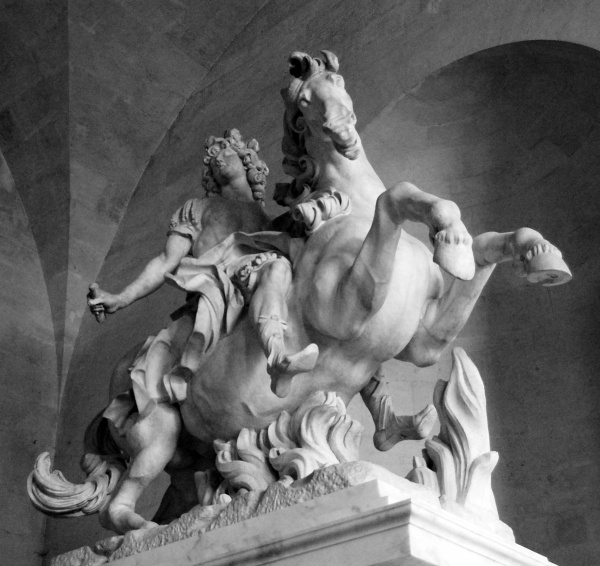Facts About Equestrian Statue of King Louis XIV
The Equestrian Statue of King Louis XIV is a captivating sculpture with a rich history, designed by the illustrious Italian artist Gian Lorenzo Bernini. Commissioned by Louis XIV of France, Bernini was tasked with creating not only this statue but also a portrait bust and a new façade for the Louvre. The project commenced in the mid-1660s but was not completed until 1684.
Curiously, upon finally seeing the statue, Louis XIV was dissatisfied with it. This led to substantial modifications by the French sculptor François Girardon, who reinterpreted the statue as an equestrian figure of the ancient Roman hero Marcus Curtius.
Bernini's contribution to this endeavor began with his journey to France, where he worked on the design and oversaw its transportation. Despite the king's initial disapproval, the statue found a place within the palace grounds, relocating several times before ultimately being installed at the end of the Lake of the Swiss Guards. Over time, this statue inspired other royal portraits, including a marble piece by Antoine Coysevox.
The statue's design drew inspiration from Bernini's earlier work, "The Vision of the Emperor Constantine." Carved from a single block of stone, the statue portrayed Louis XIV in a powerful yet grounded manner. Bernini also created a portrait bust of the king, showcasing similar features and emphasizing the authority of absolute monarchies.
When François Girardon took over, he transformed the statue into Marcus Curtius by incorporating elements like a helmet and flames to better align with the horse's dynamic pose. He ingeniously converted the flowing hair at the back of Louis XIV's head into a helmet and replaced the flags at the horse's feet with flames.

 Germany
Germany